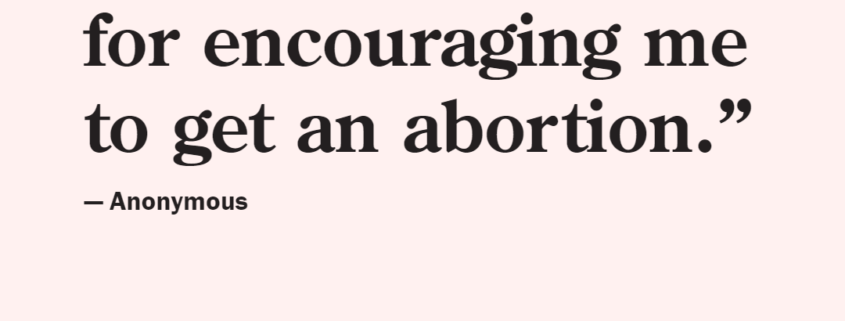Destigmatized abortion increases the pressure to abort
Most people recognize that stigmatizing abortion increases the cultural pressure for women to carry to term. There’s a flip side to this coin: destigmatizing abortion increases the cultural pressure for women to abort.
The idealized abortion decision
There’s a theoretical version of women’s decision making processes leading to abortion. I’ve come to think of it as the “idealized abortion decision.” The idealized abortion decision is the one in which a woman chooses abortion with sufficiently informed consent, high decision certainty, clear foresight, and no pressure, fear, or panic.
I appreciate that most pro-choice people want women to be able to make the idealized abortion decision. They don’t want women to be pressured to either abort or to carry to term. They want women to be empowered to decide for ourselves what is best for our situations. They want abortion to be a private medical decision between a woman and her doctor.
That’s the theory, but it’s often not the reality.
[Read more – 5 reasons to talk about women who don’t regret being denied abortion]
Child-rearing “takes a village” but abortion “is between a woman and her doctor”
In many ways, child-rearing is not a private affair, nor would many women want it to be. Women (and parents generally) struggle or thrive based in large part on the support of our families and communities. But if child-rearing is more of a communal effort, it matters how the community responds to a woman’s pregnancy. When deciding whether to abort, women consider what support we might have to carry our pregnancies and, often more importantly, to care for our babies once they’re born.
[Read more – Poem: To the father]
“It takes a village” and “this is between a woman and her doctor” somewhat contradict each other. Women will look to our partners, parents, closest friends and family, employers, coworkers, professors, classmates, all kinds of people to see what kind of adjustments and support they might be willing to offer as we consider the major undertaking of carrying and caring for a child.
How do those figures in our lives decide whether and to what extent they will contribute some of their own resources to supporting us and our children?
Stigma influences communities, and communities influence the woman’s decision
There are many factors that affect the community’s response to unexpected pregnancy or to pregnancies in less than ideal circumstances. Two important ones will be the (1) legality and (2) ethics of abortion. And the two factors are related: many people look to the law as a proxy for what our society considers morally acceptable.
Whether abortion is stigmatized or destigmatized affects the community’s perception of abortion as an option. Just as a community might pressure a woman not to abort in a culture where abortion is considered gravely immoral, a community is more likely to pressure a woman to abort in a culture that treats abortion as morally neutral, and even more so in a culture that treats abortion as an act of female empowerment.
Women facing pregnancy in difficult circumstances need resources from their communities. Communities are more likely to feel obliged to generate and provide those resources when the alternative (abortion) is seen as a depravity or injustice. If the community perceives abortion as morally neutral or as a moral good, it has less incentive to contribute the time, finances, and energy needed to help women avoid abortion. When abortion is destigmatized, communities have less incentive to help us carry to term and parent our children.
Further, if abortion is morally neutral or even morally good, there’s nothing inappropriate about suggesting abortion as the better option for women who get pregnant in difficult circumstances. In fact, if abortion is seen as morally neutral or morally good, community members are more likely to view a woman who refuses to abort as irresponsible, even selfish, for choosing to carry a difficult pregnancy and expect resources from the community in the process.
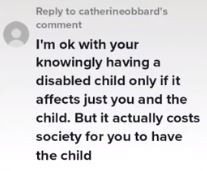
[Read more – Abortion does not affect only the person getting one]
We can see examples of this interplay from the story-telling abortion rights advocacy group, Shout Your Abortion (SYA).
(These quotes originate from longer testimonies which you can read at the URL listed on each quote graphic.)
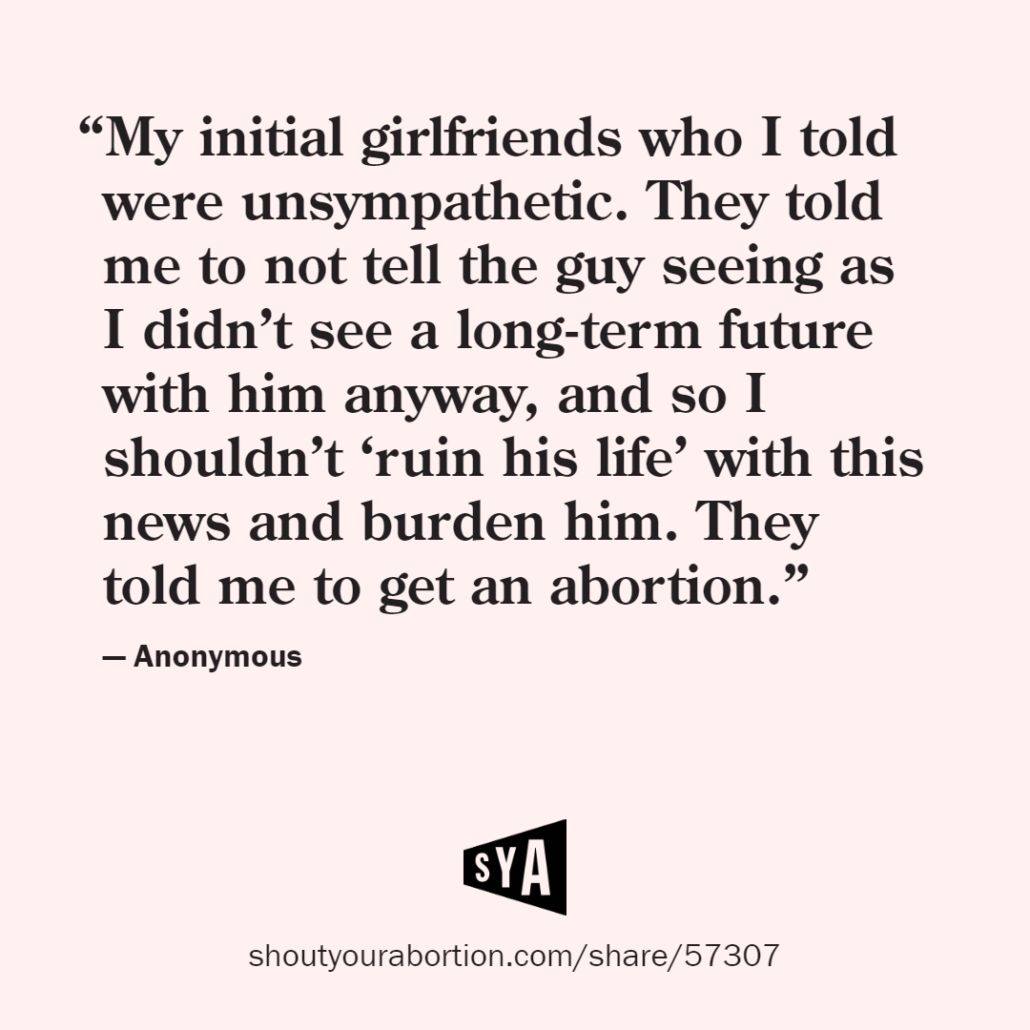
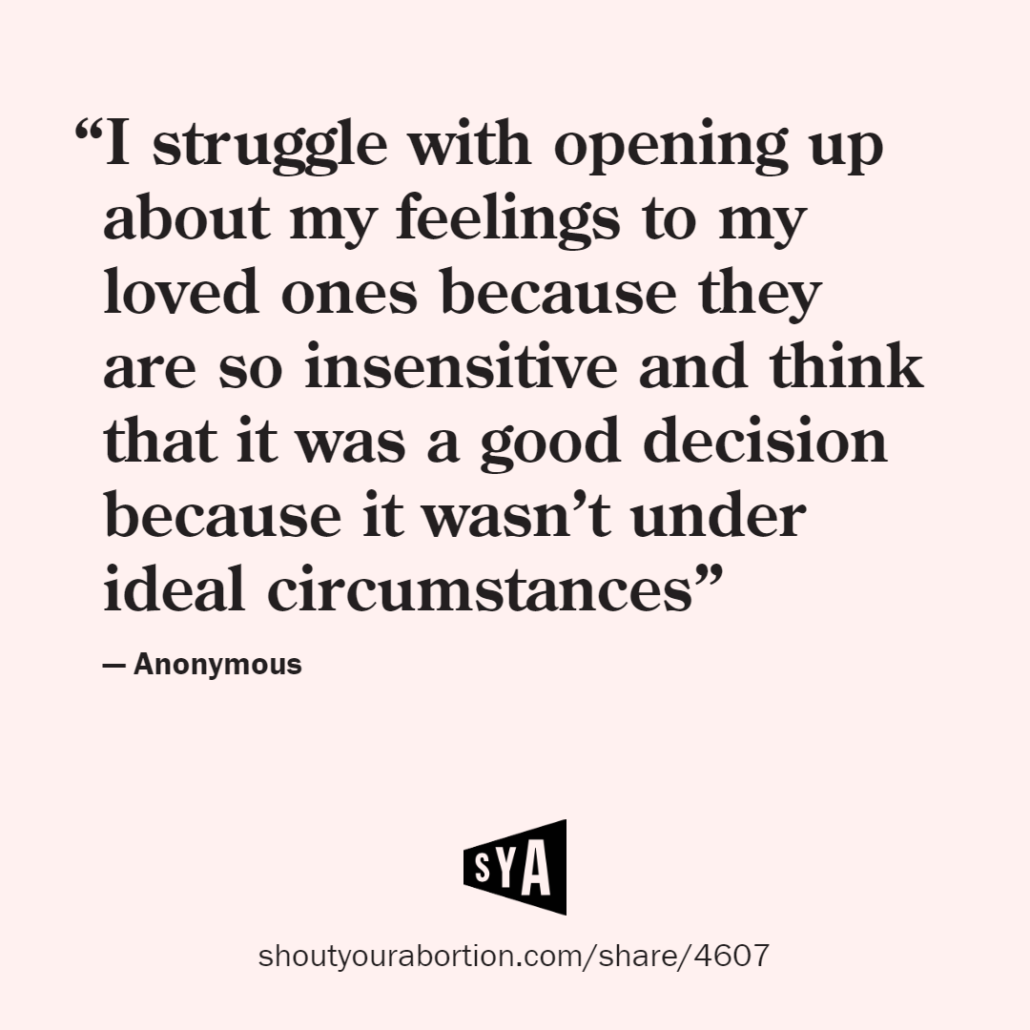
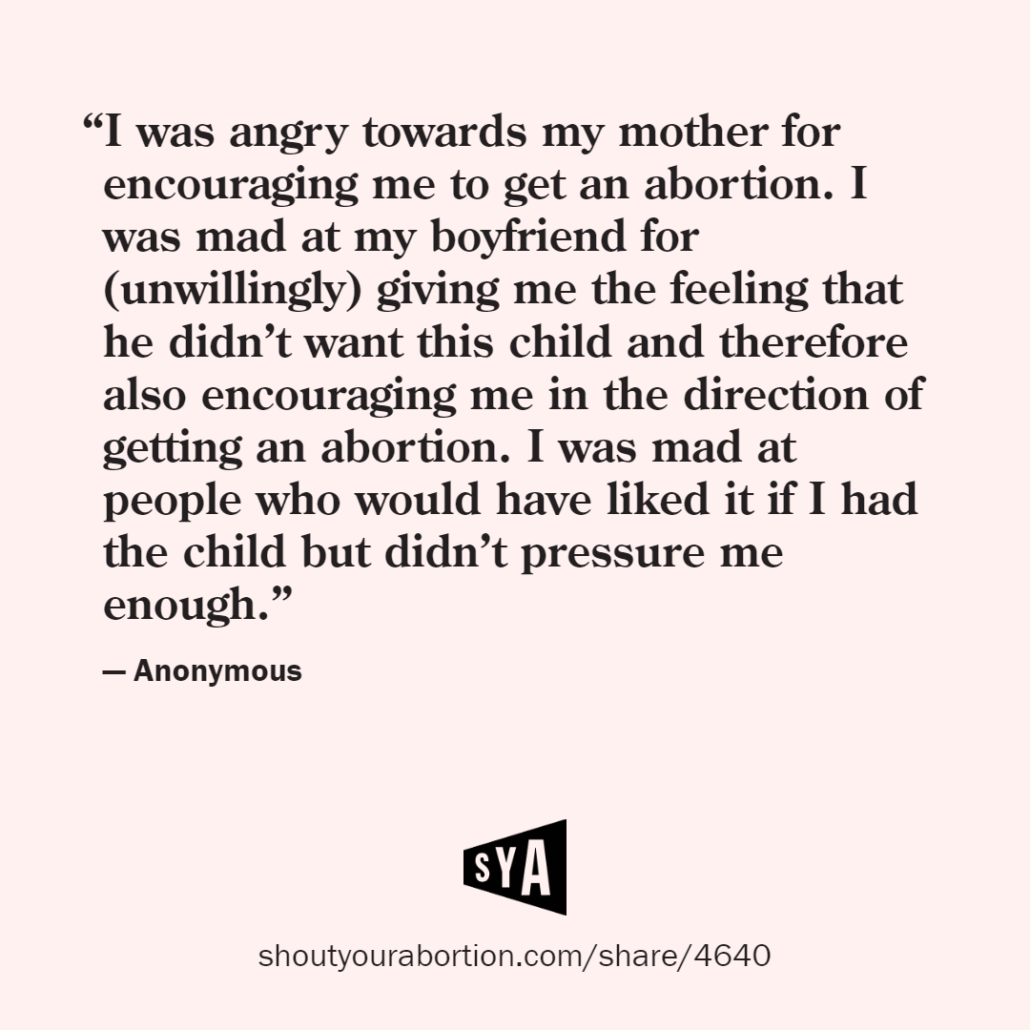
When we destigmatize abortion, we decrease stigma not only for women considering abortion, but also for the people in our lives considering whether to advise or pressure us to get abortions.

